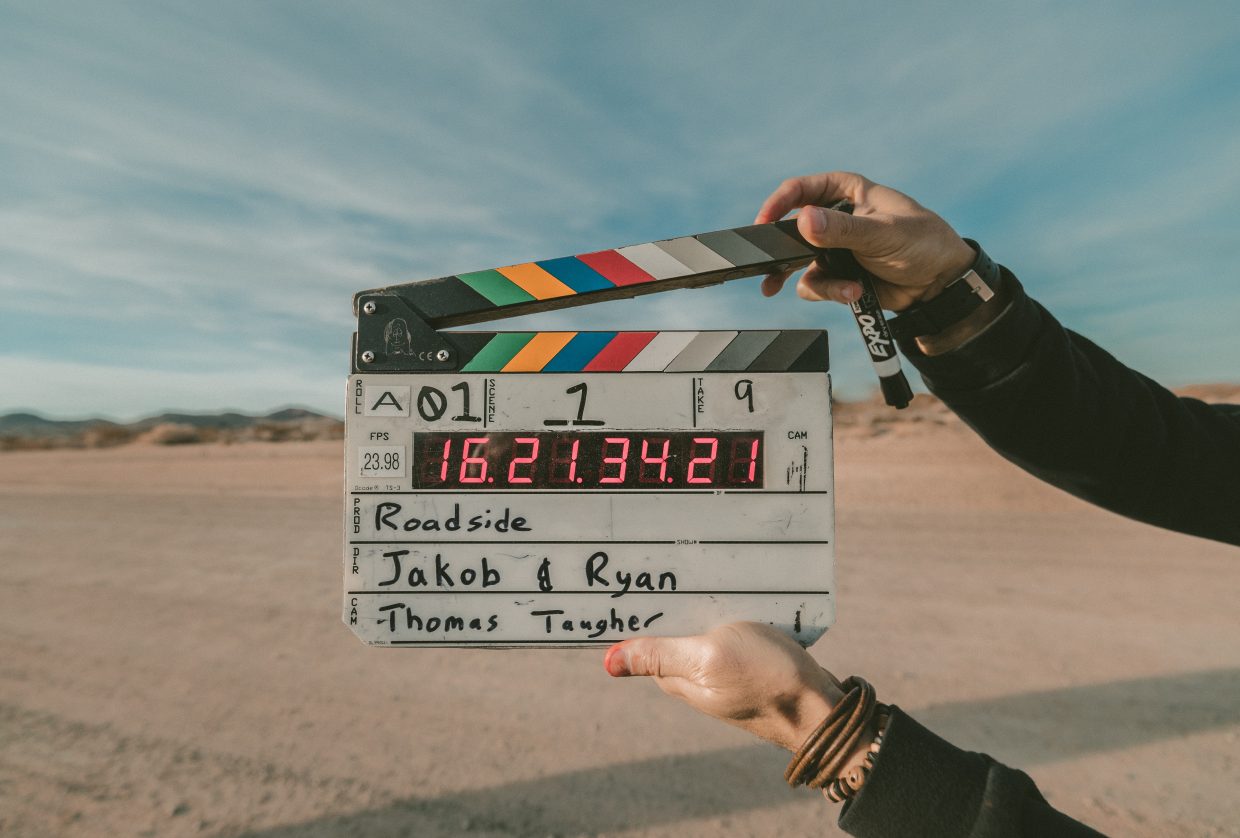Well, the time has finally come where I must showcase all of my surmounting skills in one video. It has been such an enjoyable journey learning to read music by learning how to play the violin, and I intend to continue practicing and improving my playing so that I may use it in my teaching practice and add to my musical repertoire. I’d like to use this post to summarize the skills I have learned in my path up to this point, what I’ve taken away from my musical growth experience, and my thoughts surrounding my goal. Before September, I had never picked up a violin in my life. I had played guitar and drums recreationally when growing up, but a classical and technical approach was never my forte (just ask my friends). Learning to play music from the ground up on a technical instrument such as the violin hasn’t been easy for me, but it has given me new skills that I am very proud of. The journey itself came with lessons too, not just pertaining to reading and playing music but to how I respond to new challenges and cope with failure. As I reflect, I notice my idealistic goals, and how they may have been slightly lofty. I didn’t actually know everything it would take to learn such a complex piece as a novice violinist, but I couldn’t have really known this until I began the process of learning how to play. I had to learn how to properly hold the violin on my shoulder to keep a healthy posture, and how to hold the bow correctly. I had to understand the complex technique of staying relaxed through the limbs, and where and how to place my fingers on the neck to play certain notes. The amount of knowledge I have gained is quite substantial, and my playing has improved impressively. Now don’t get me wrong, I am still, by all means, a beginner, but a competent beginner. An amateur if you will. The video I post will reflect my beginner status in a few ways: I still find it difficult to accurately finger notes on the neck, and I am not yet able to switch bowing from string to string flawlessly. Despite these important constructive points, I believe that I have, for the most part, reached my goal of learning how to play and interpret the music to “He’s a Pirate” on the violin. My goal was not to play this song at its exact tempo, or without flaws, but to gain the skills to be able to learn it through reading the music and playing it smoothly and recognizably.
In my video, I play my rendition of “He’s a Pirate”, originally by Hans Zimmer.
Thank you for giving me the opportunity to learn a new instrument and to bring more joy into the lives of myself and others.

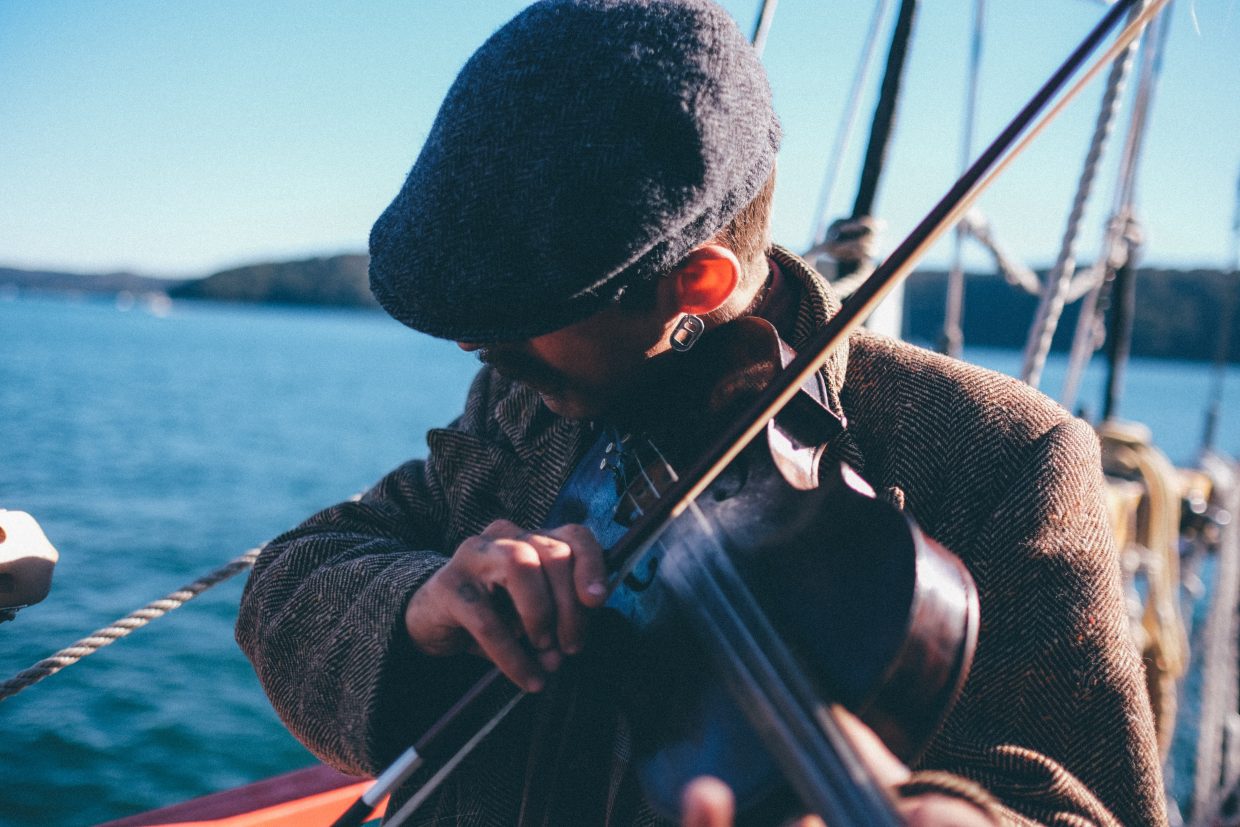
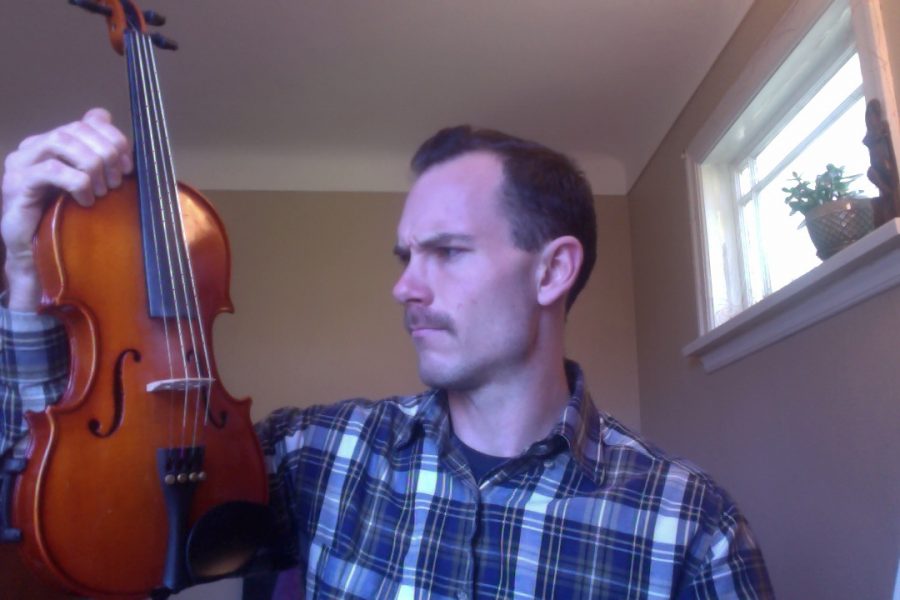
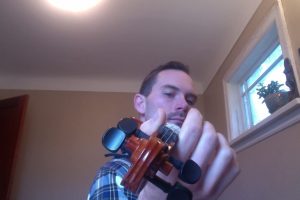
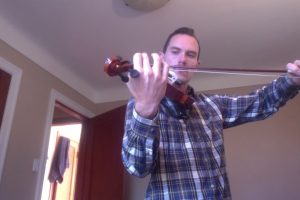
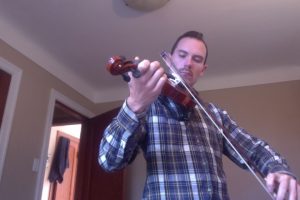 strings.
strings.
